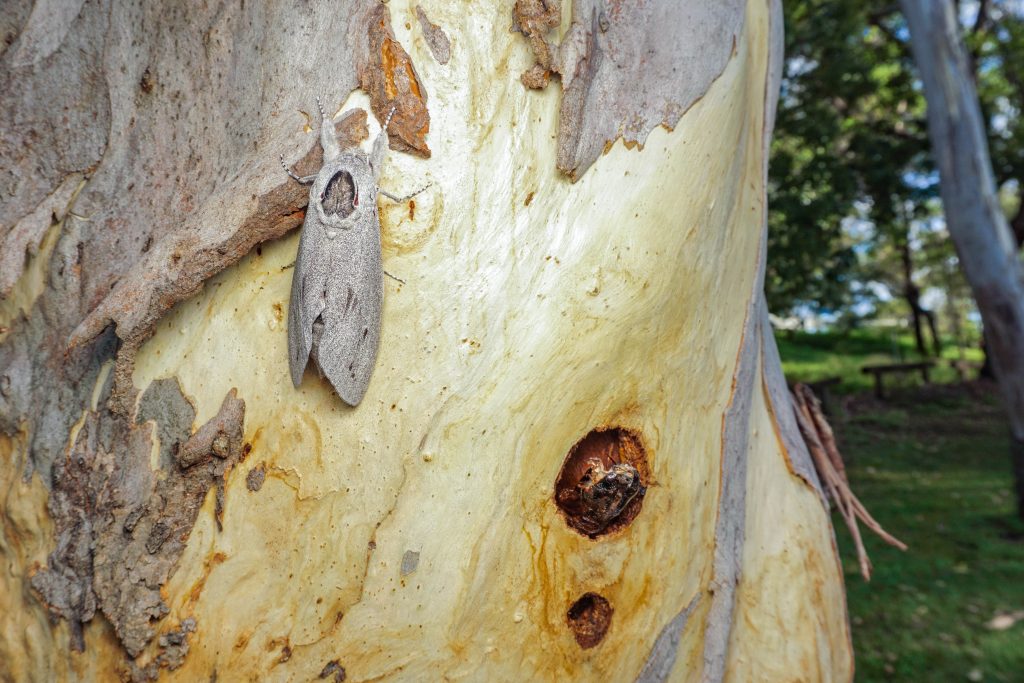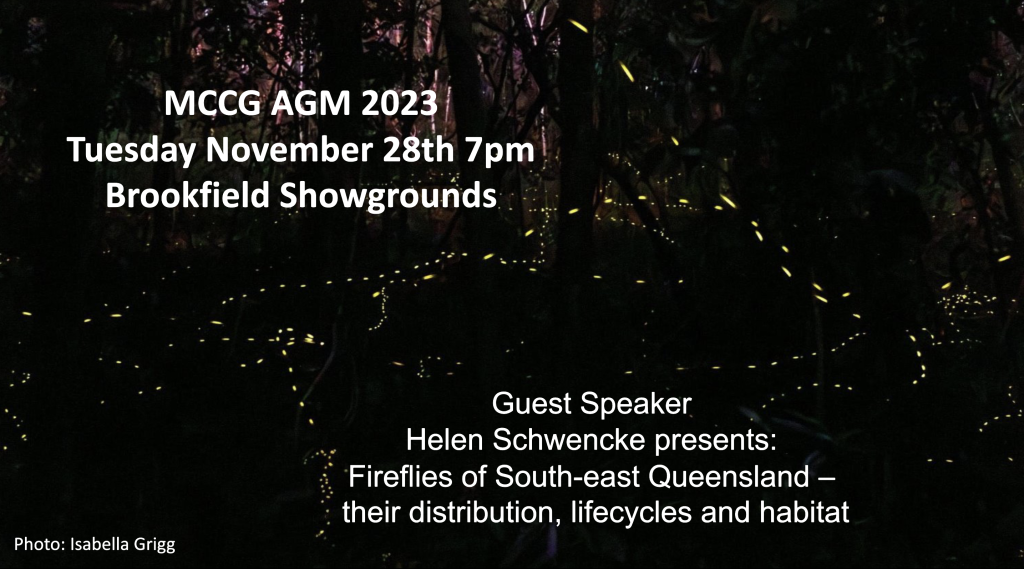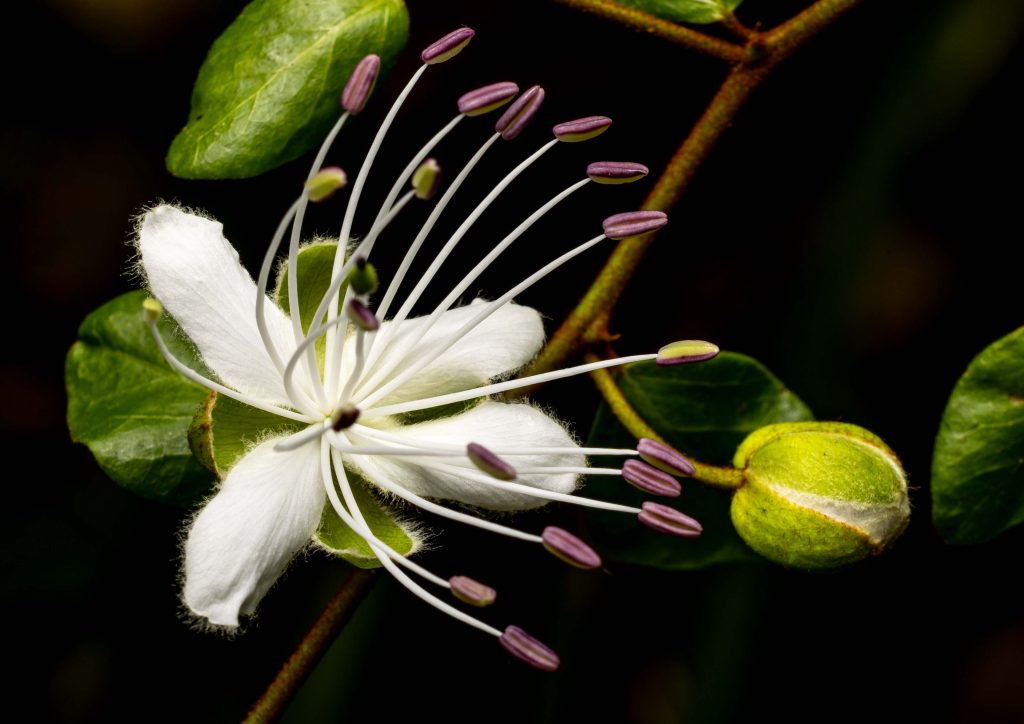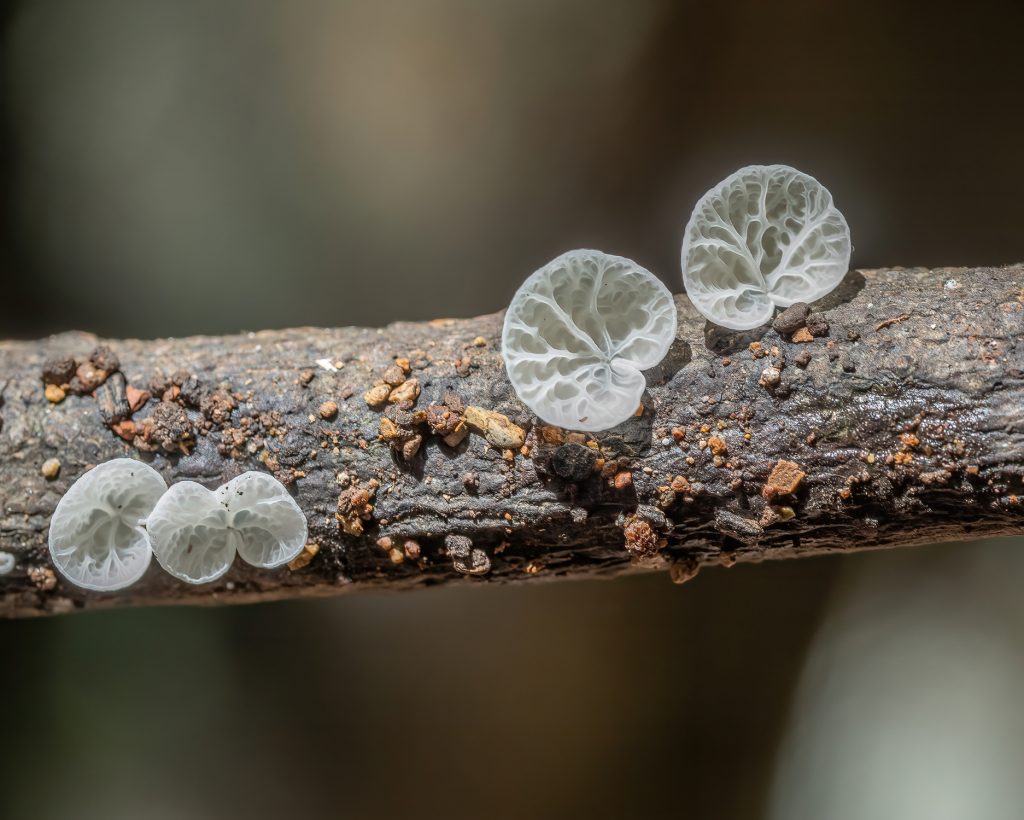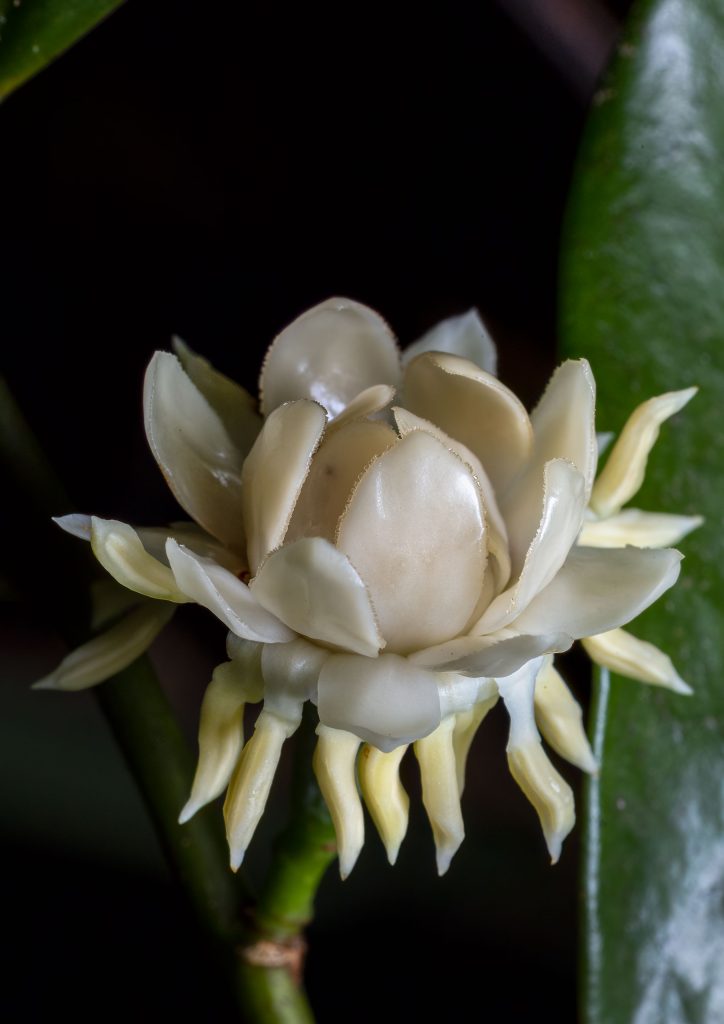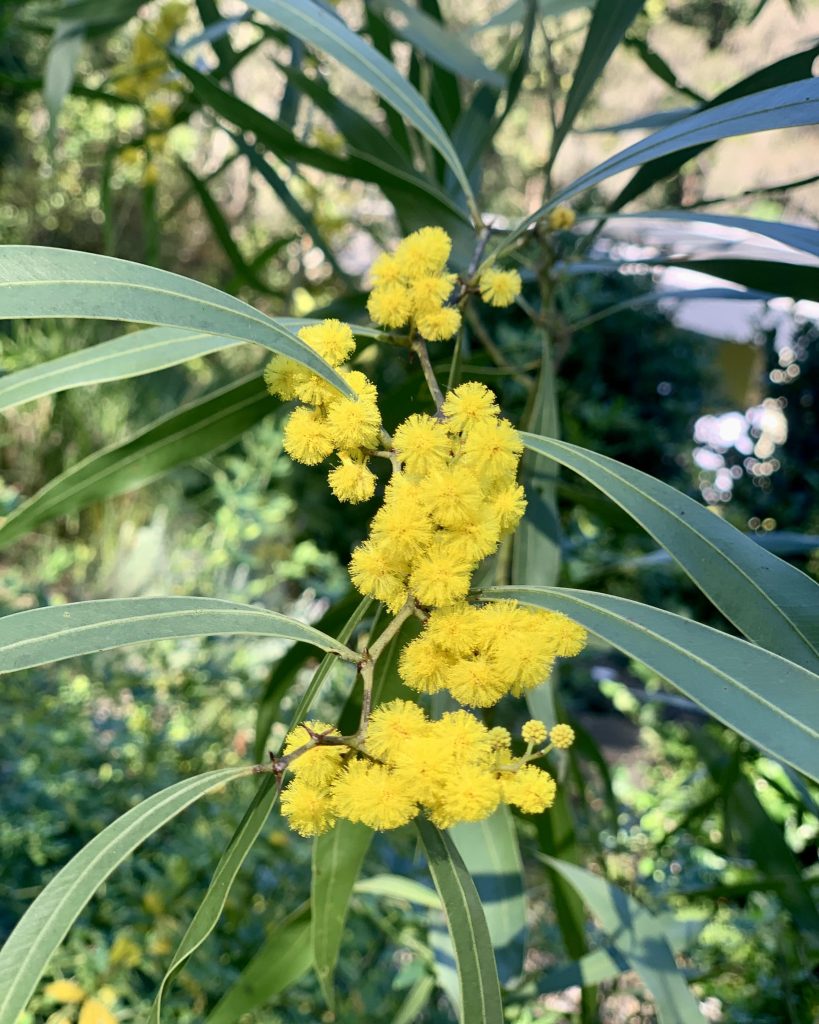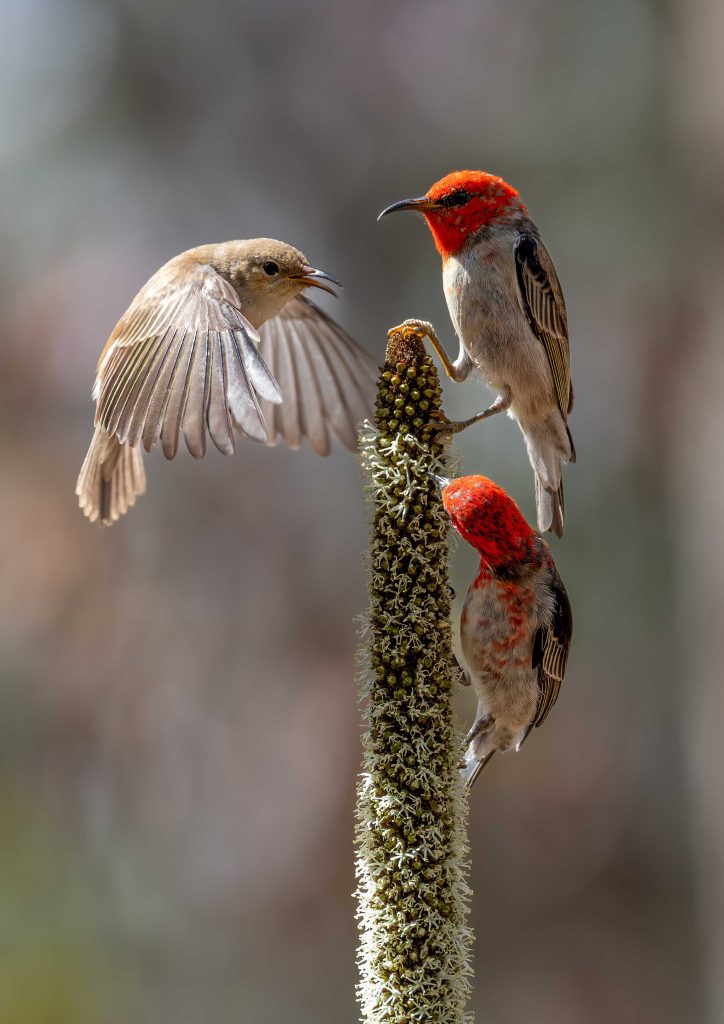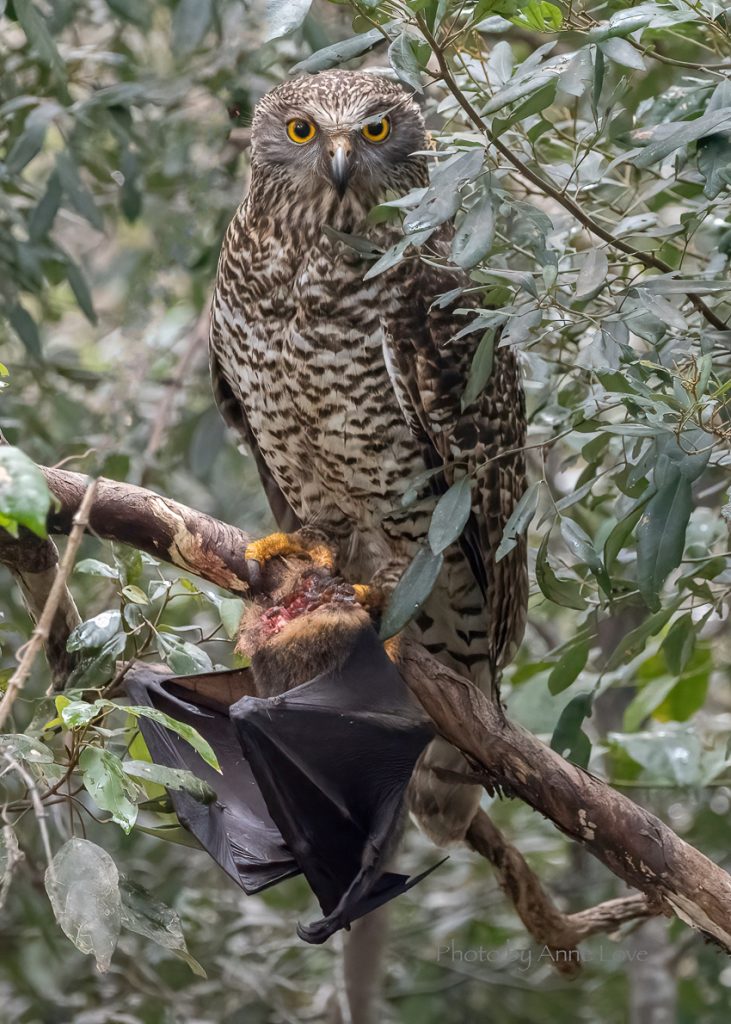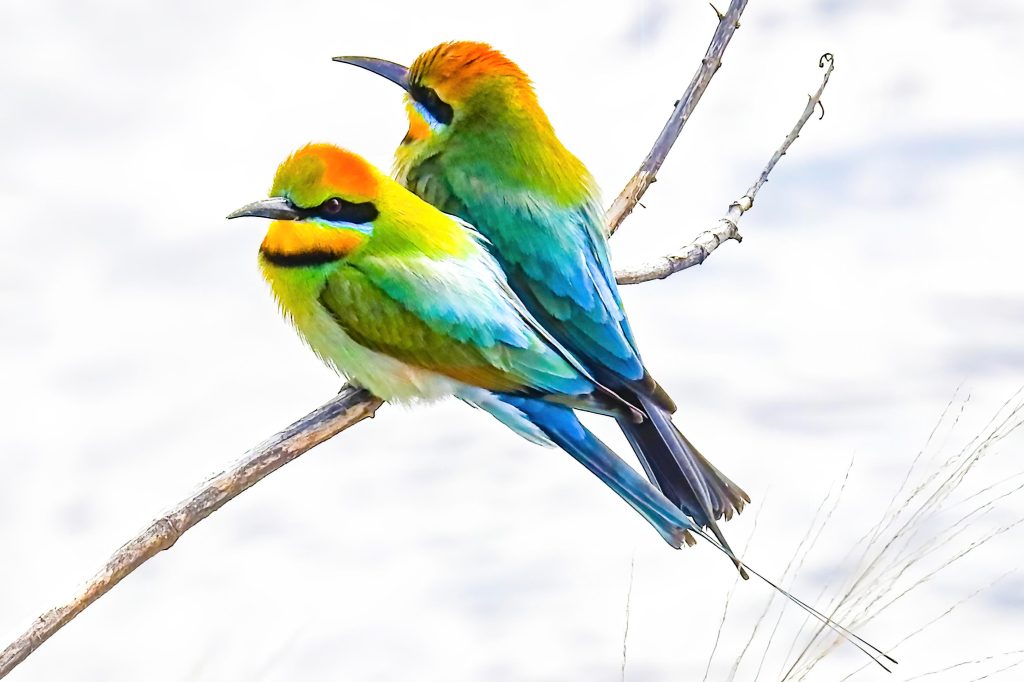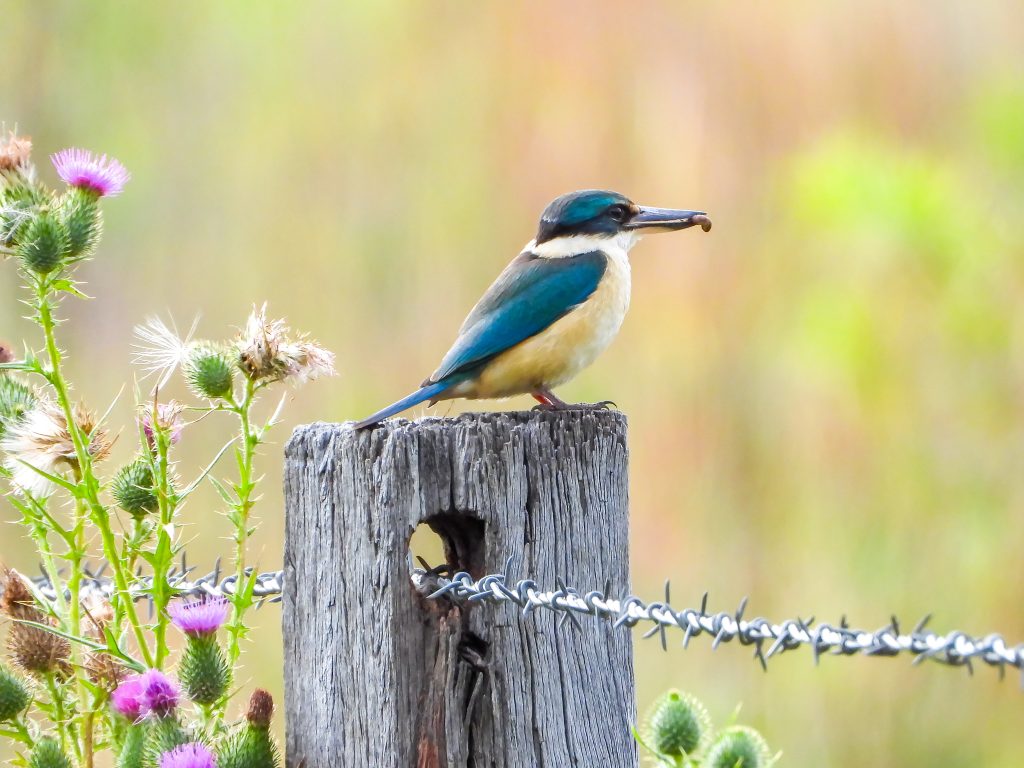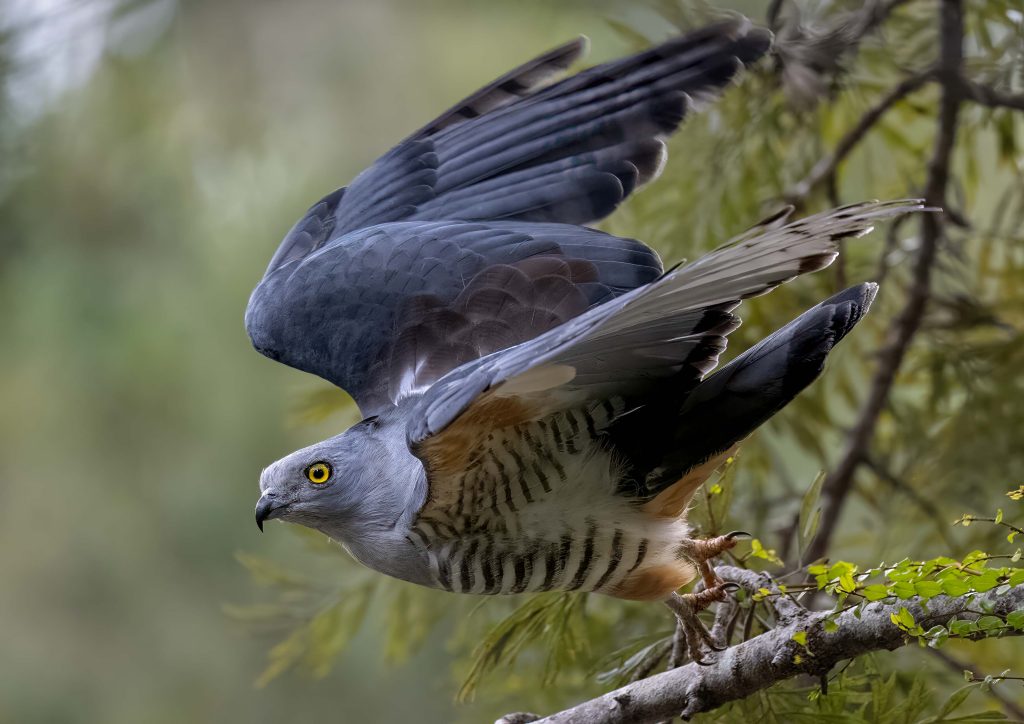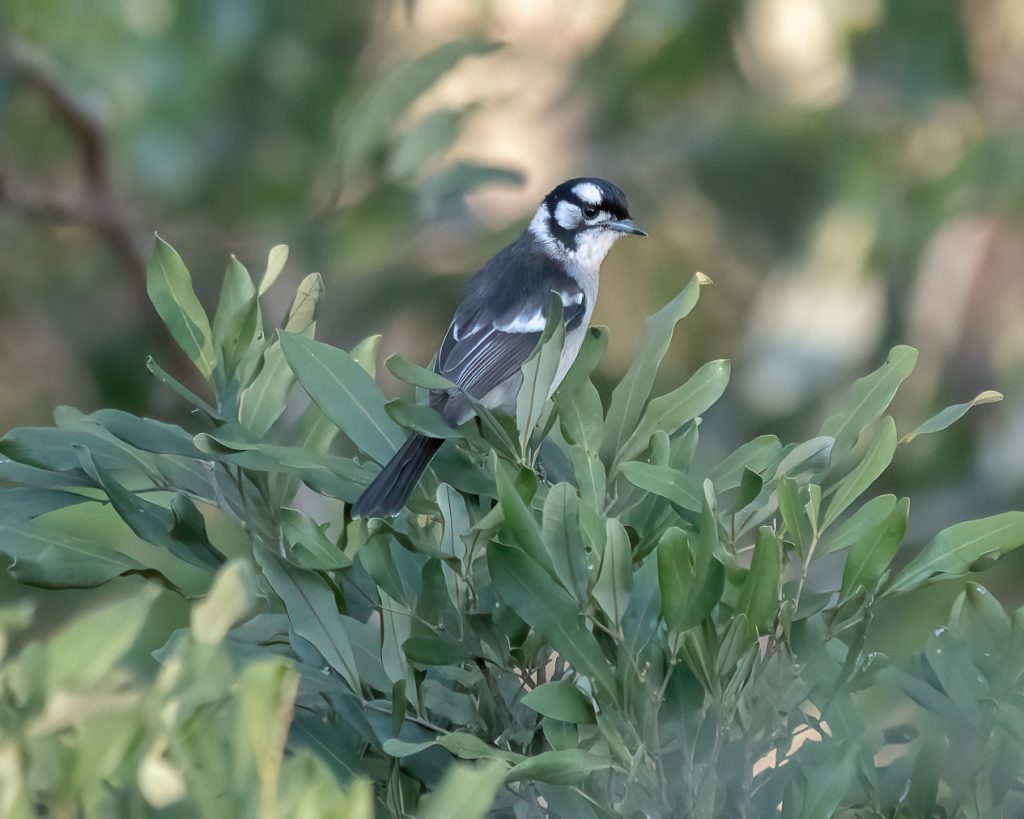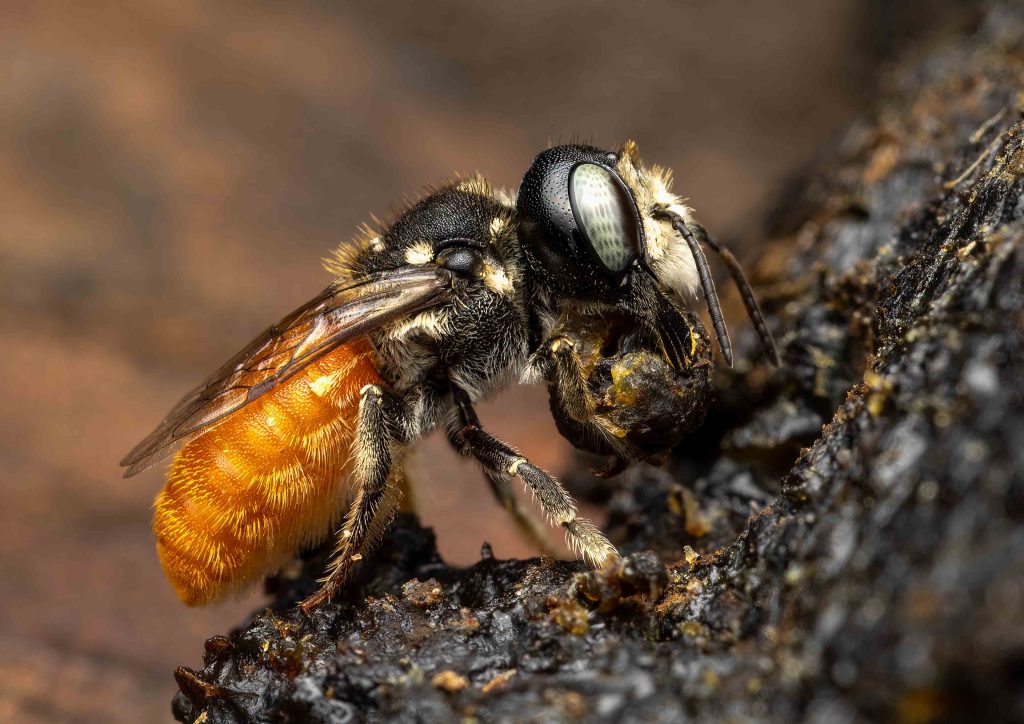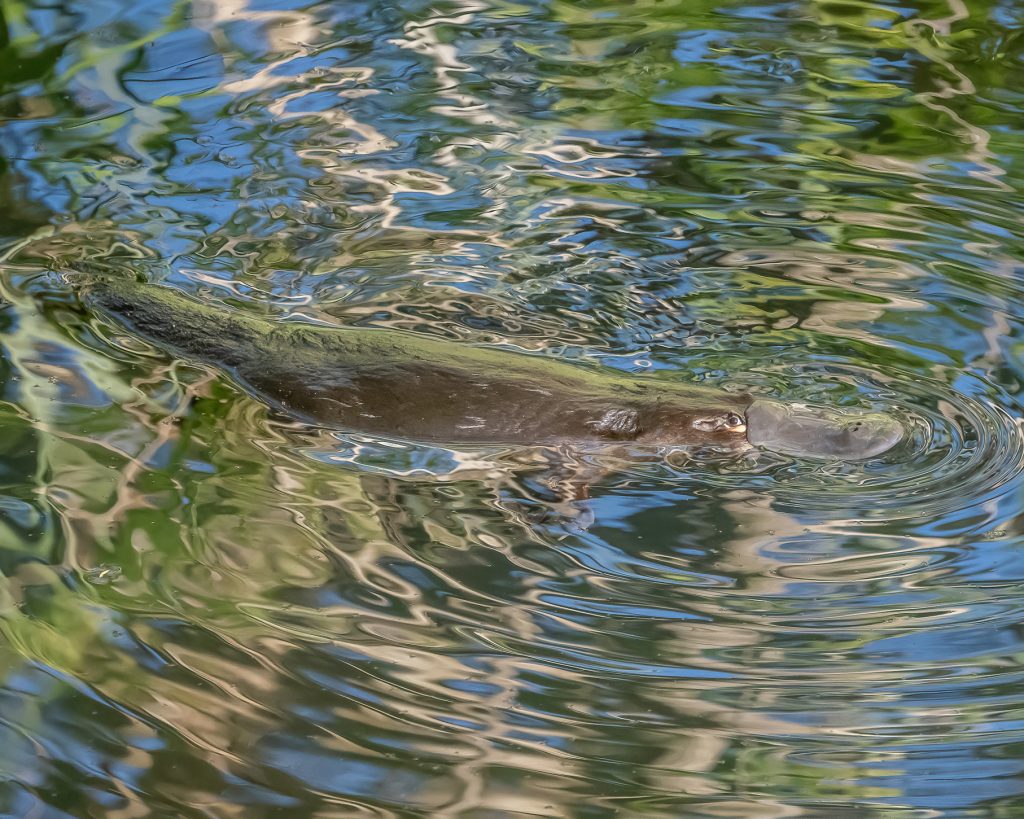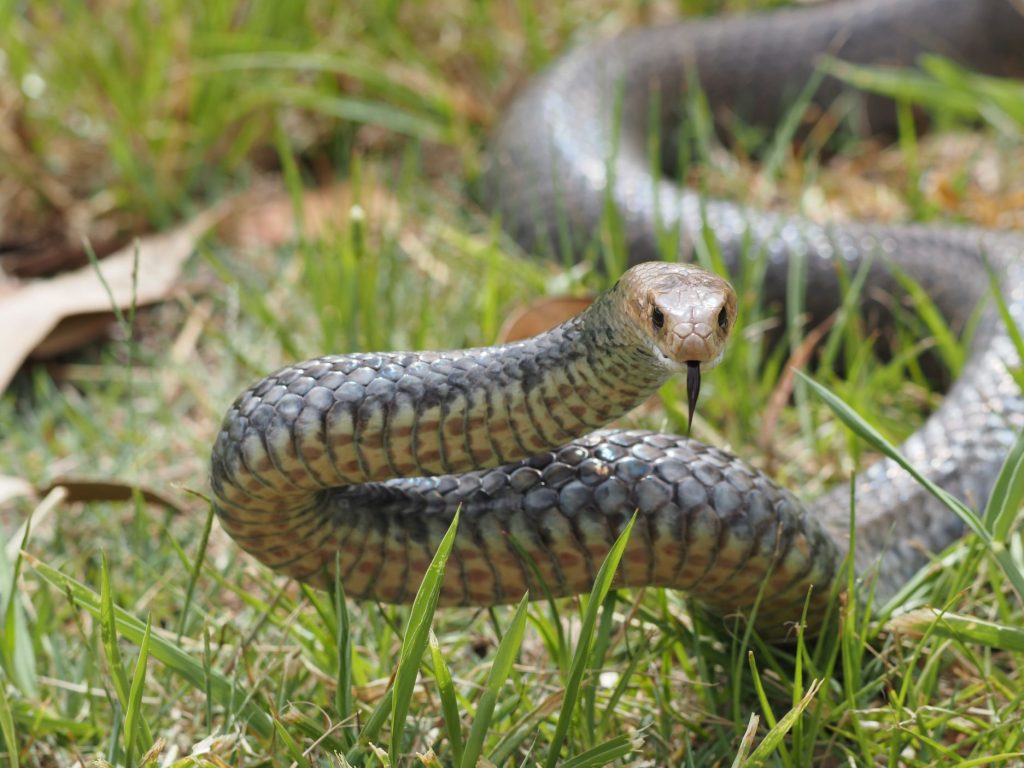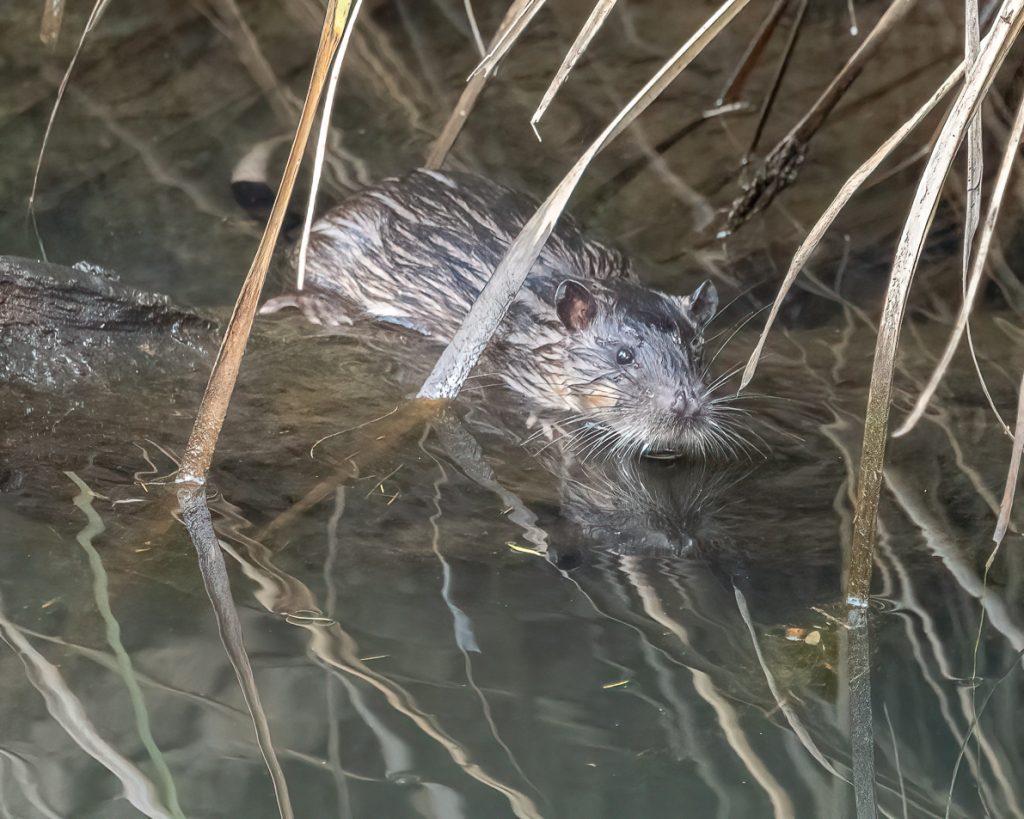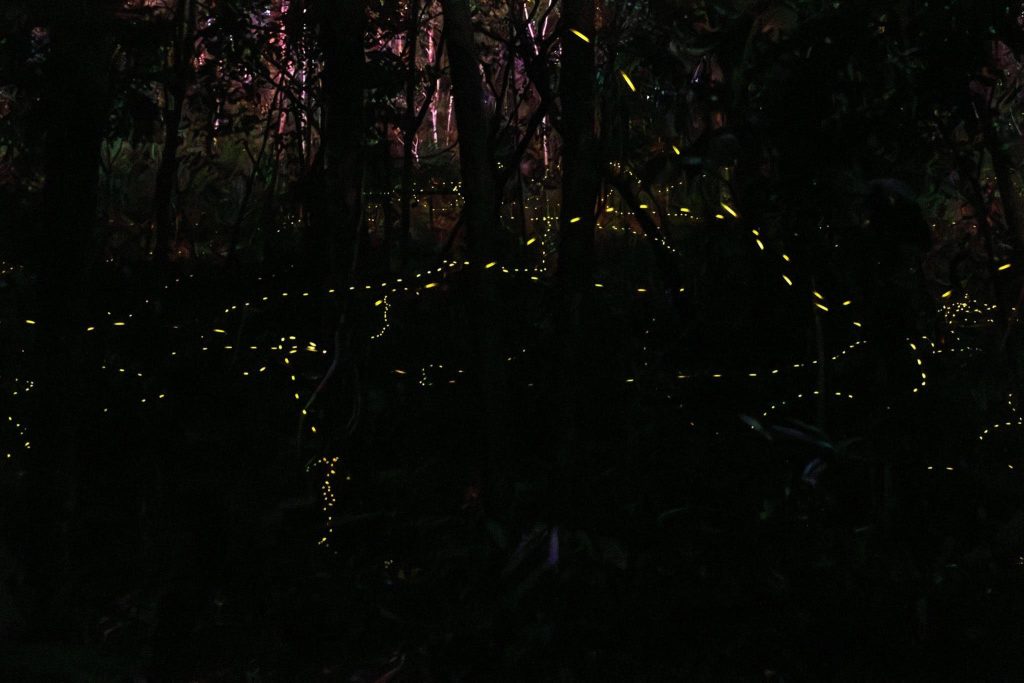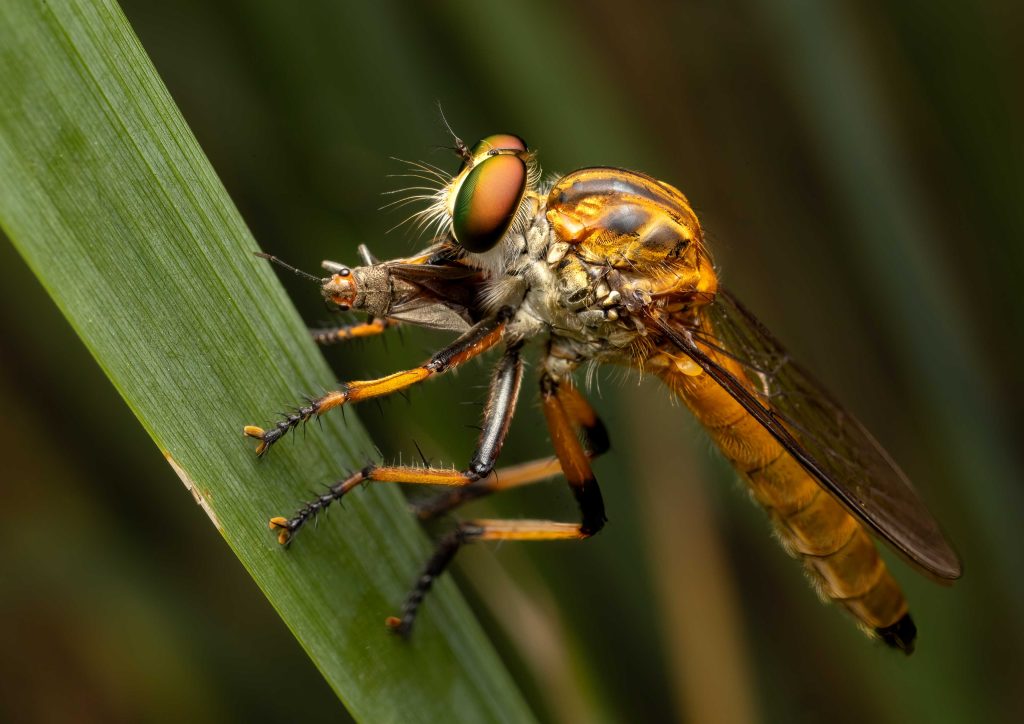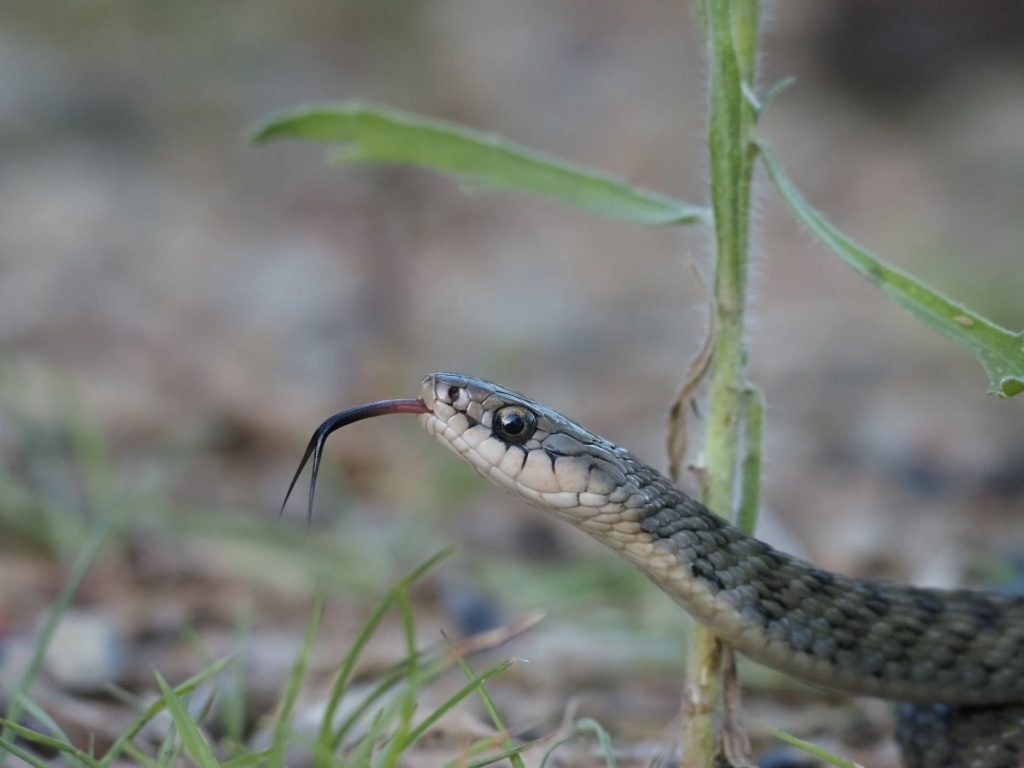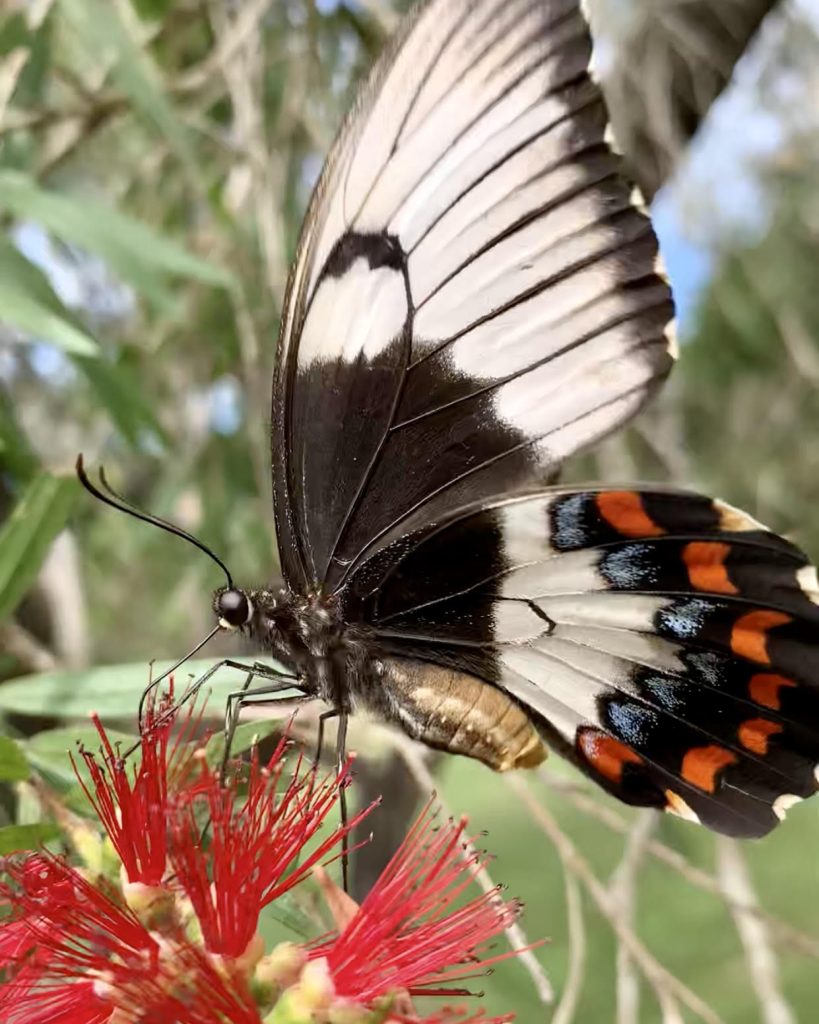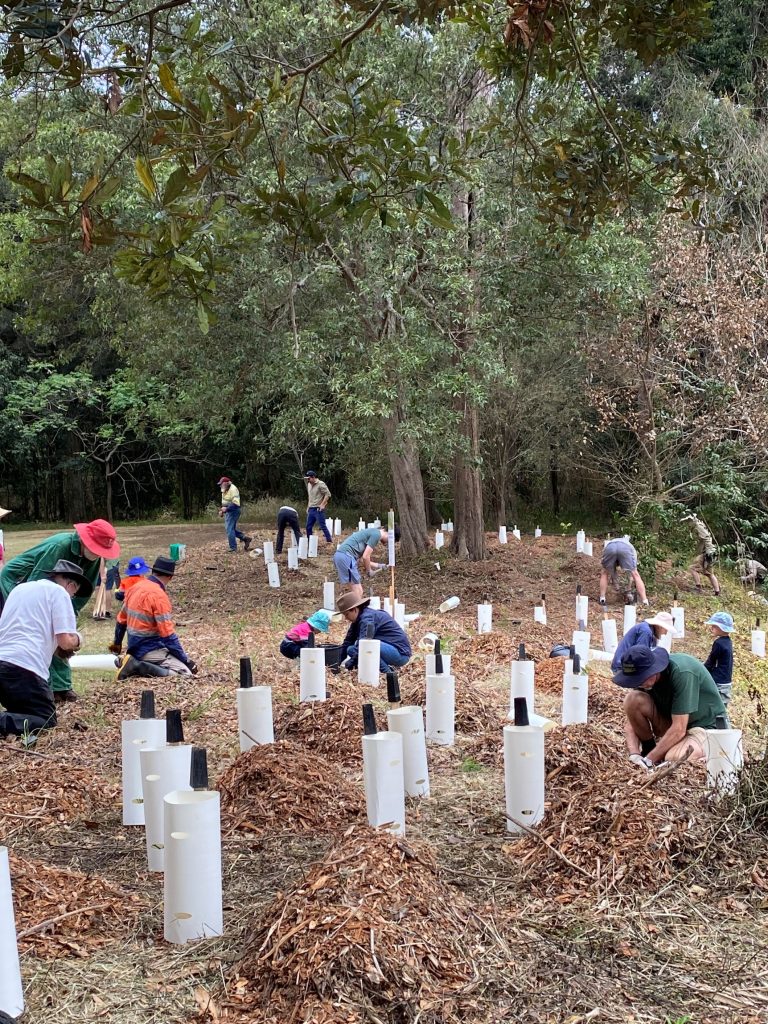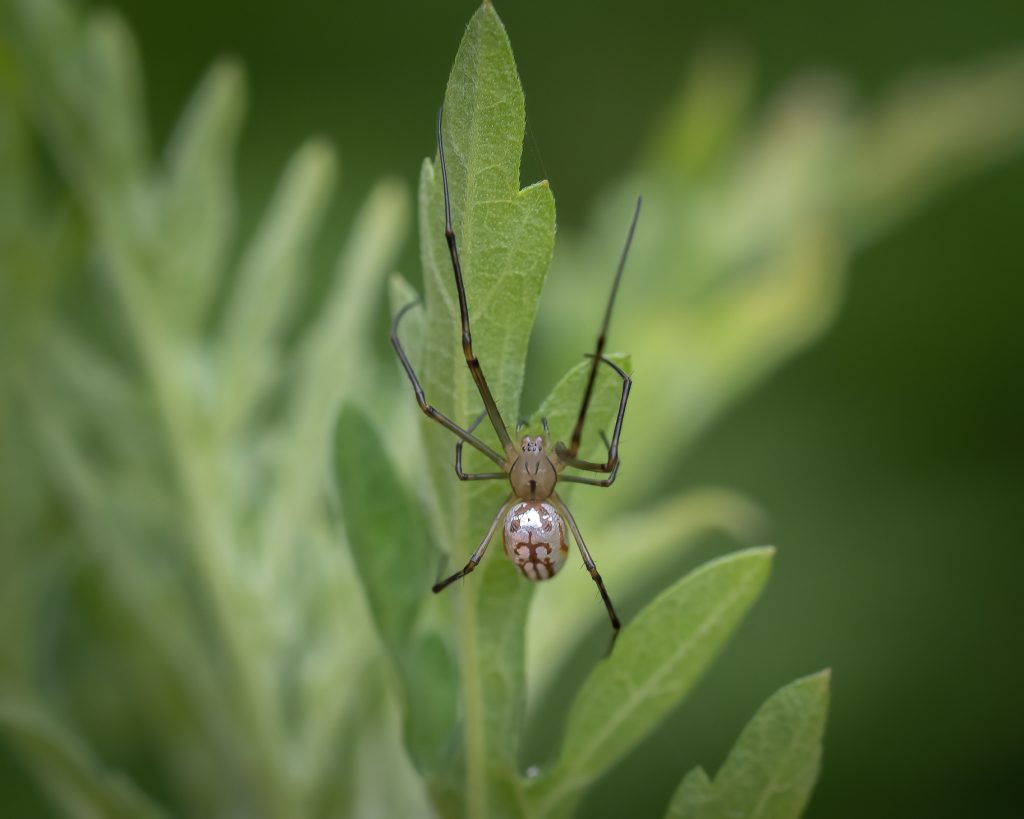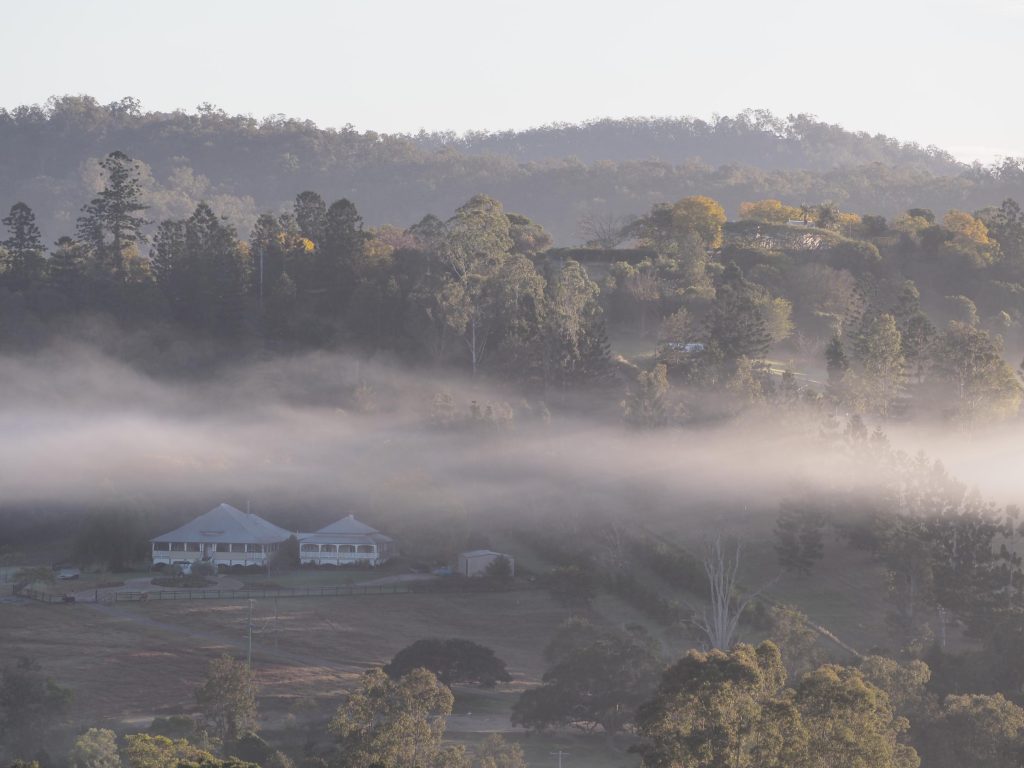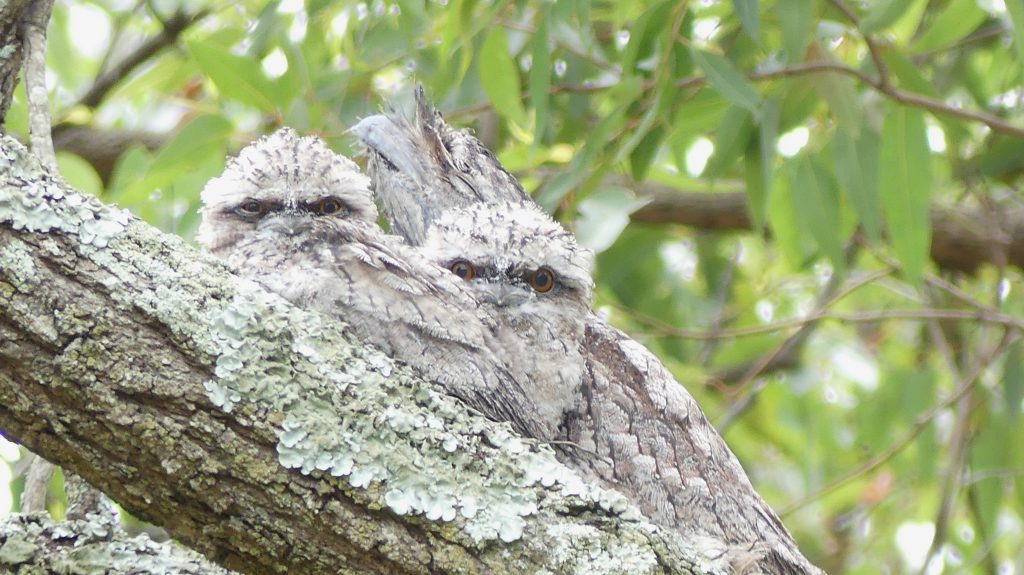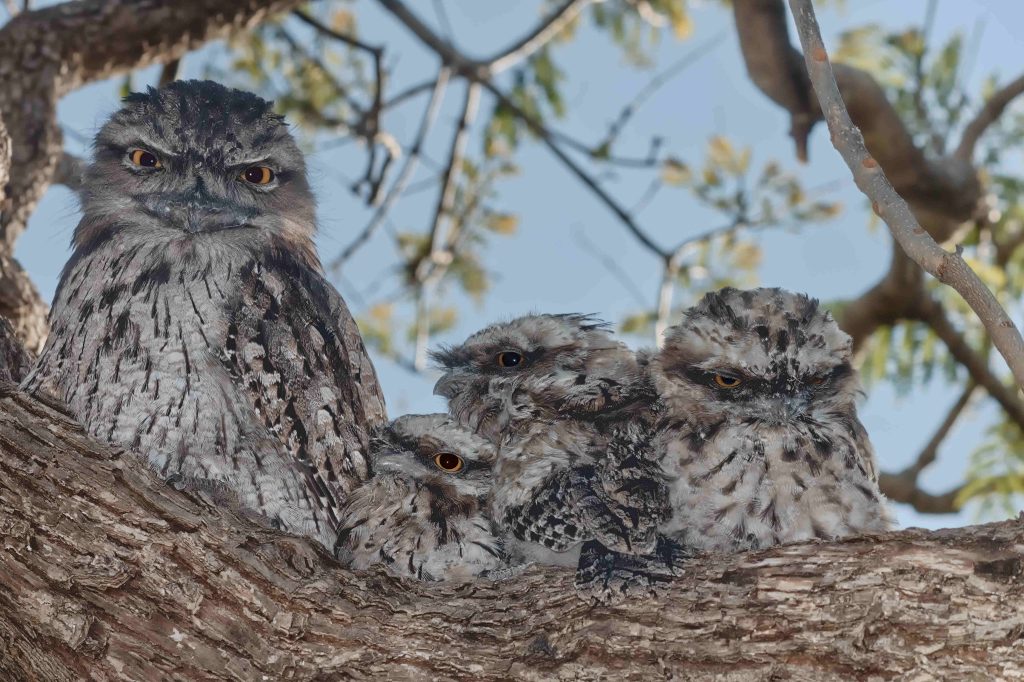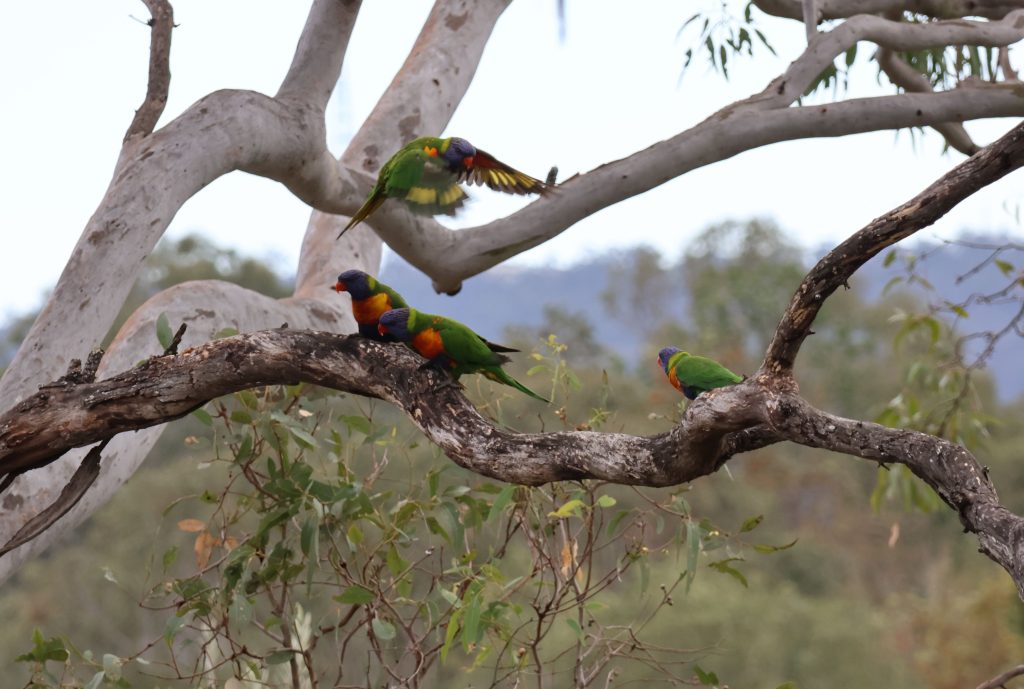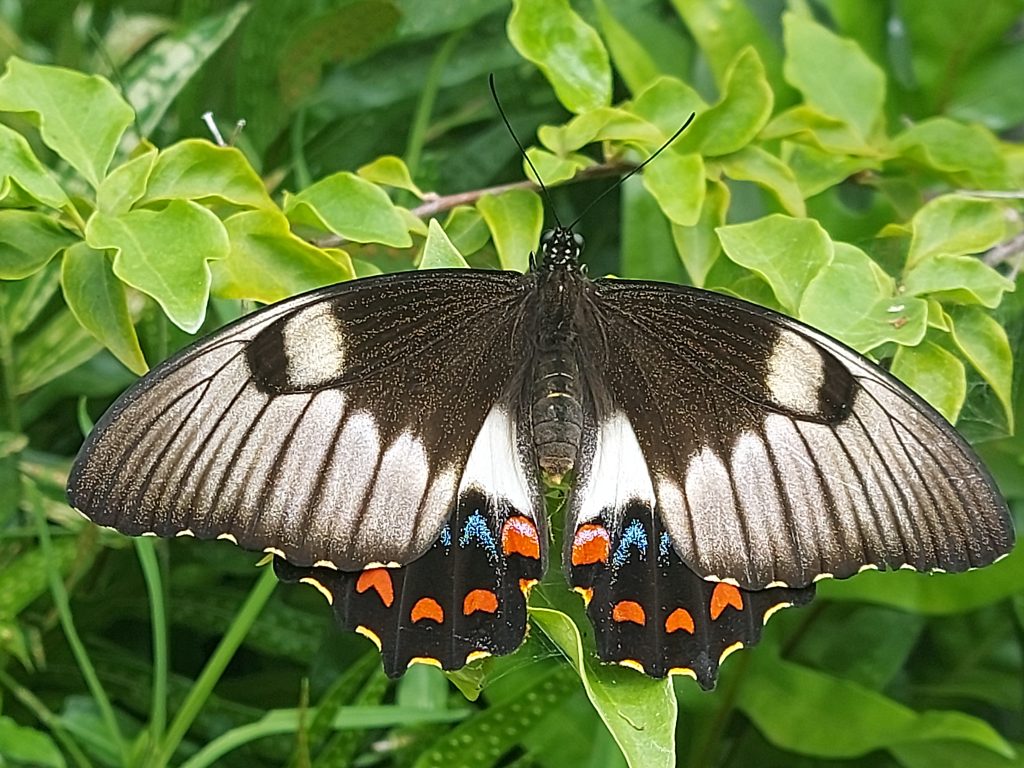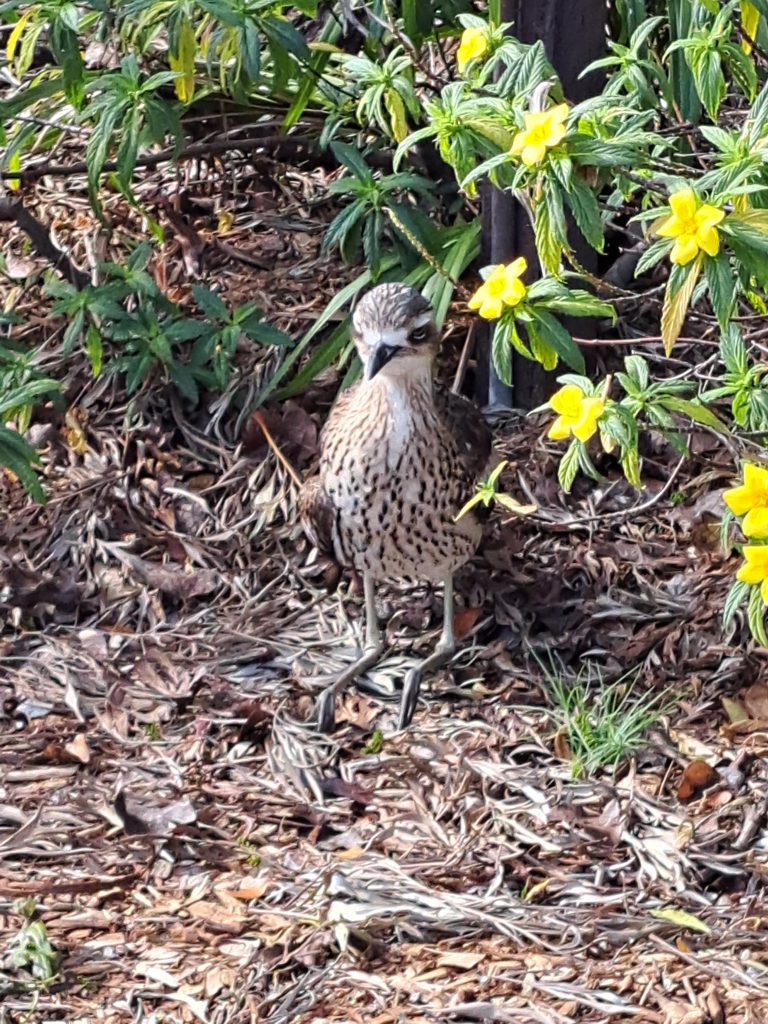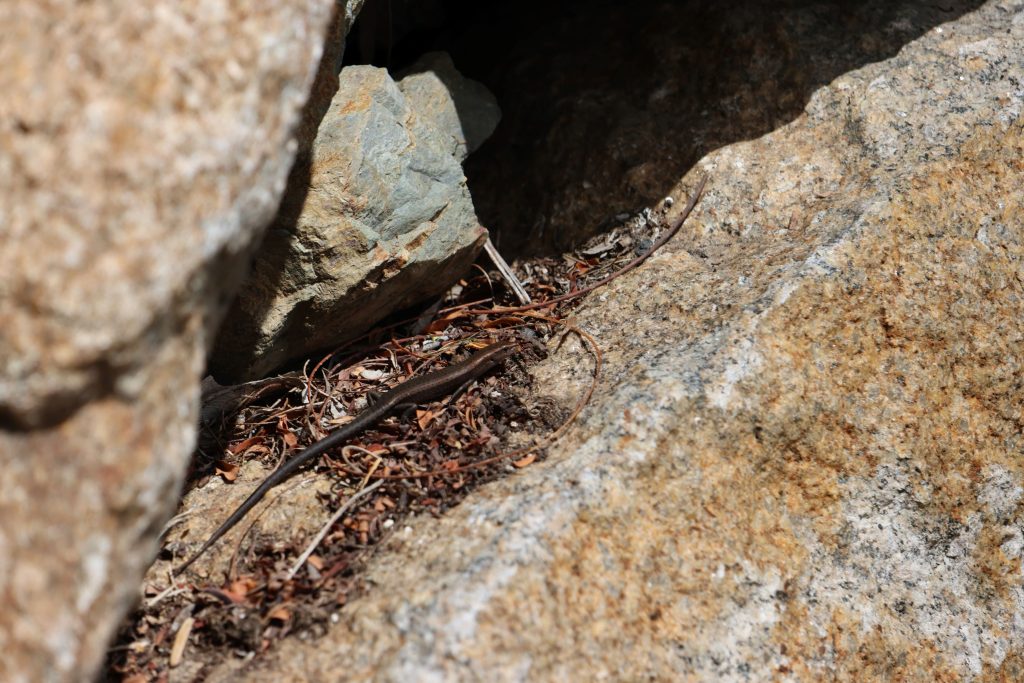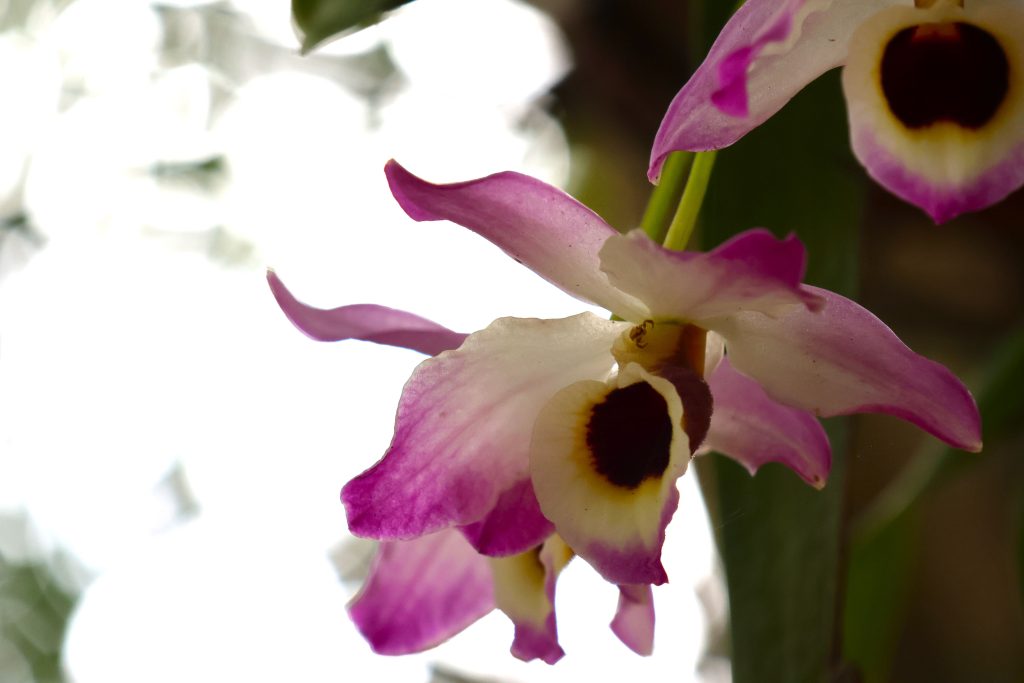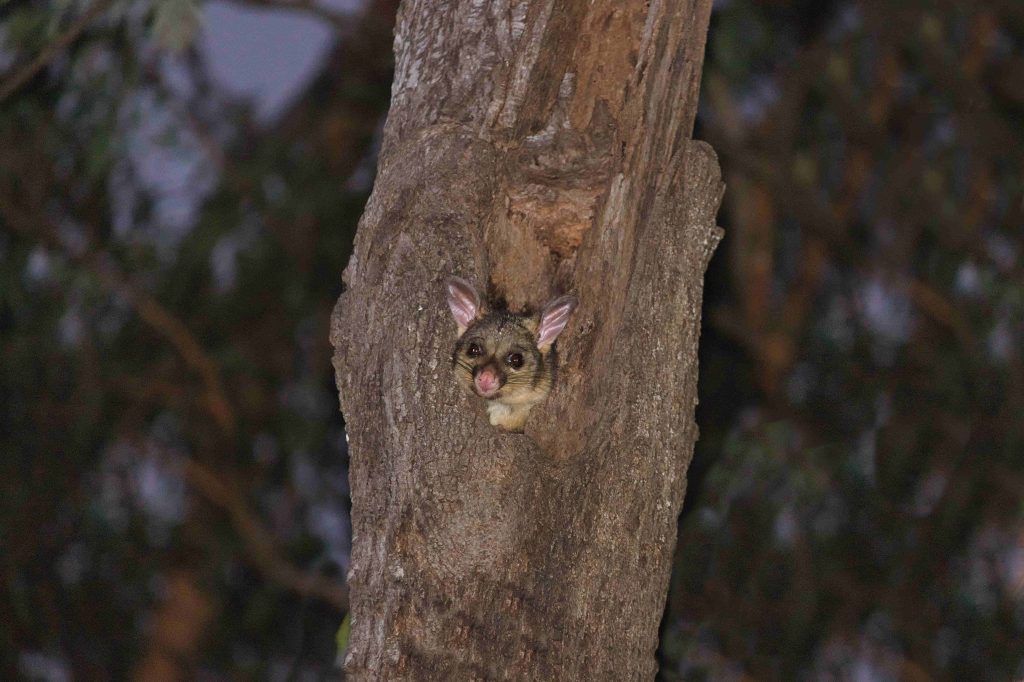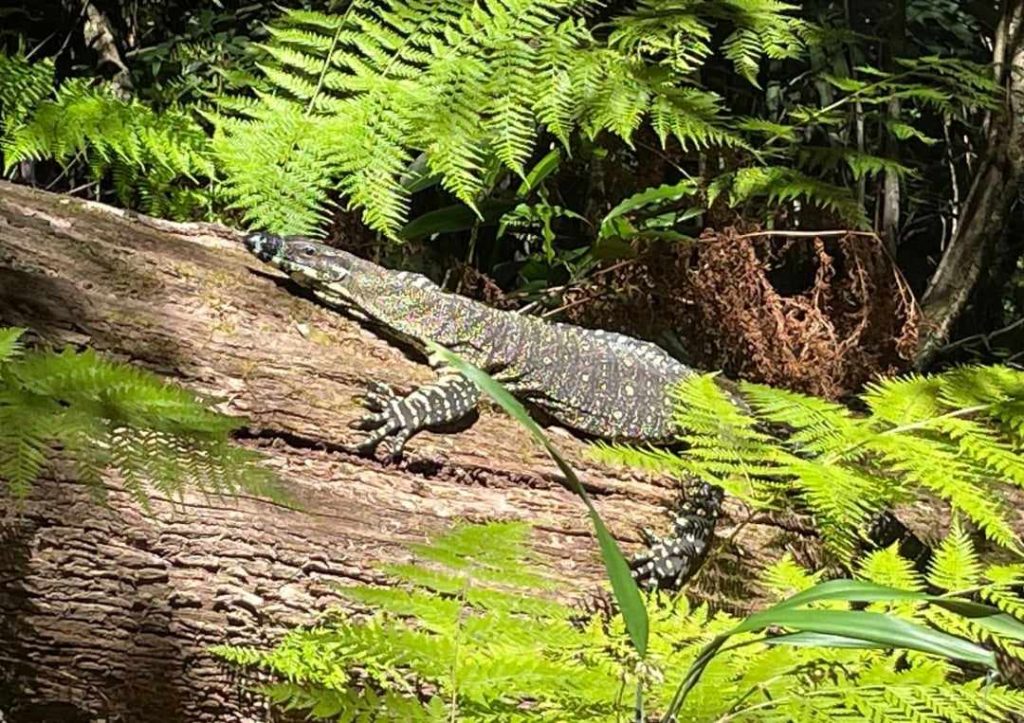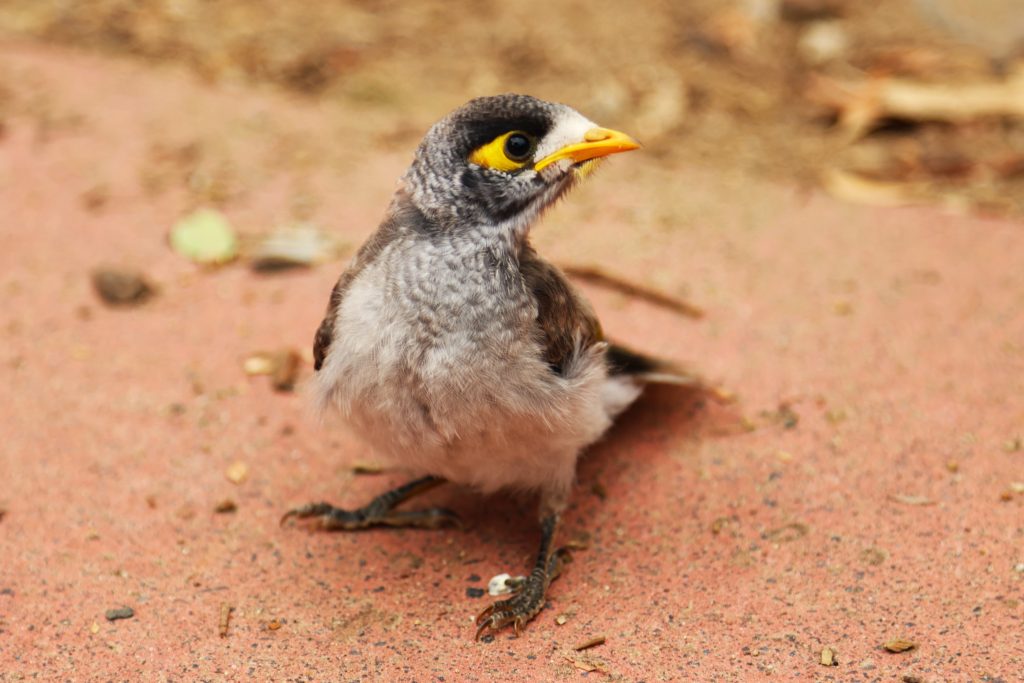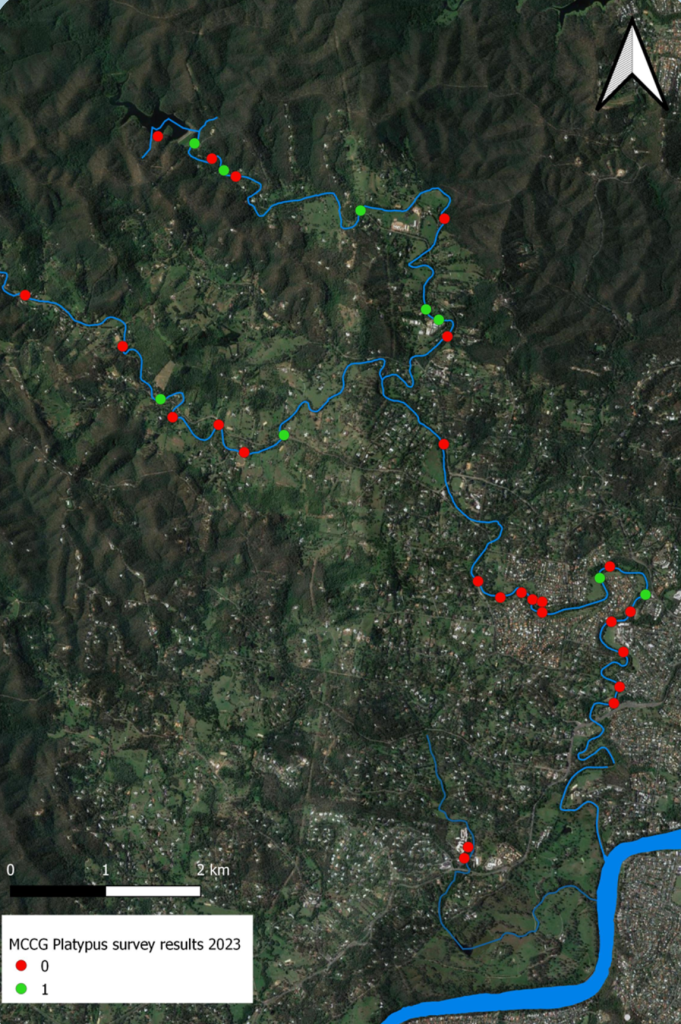Please join us for our quarterly talk with: Dr Jessa Thurman – Life History and Ecology of the Giant Wood Moth
Date: Tuesday 27 February 2024
Time: 6:30pm arrival for, 7:00 pm start (~9:00 pm finish)
Location: Kenmore Library (access via lift)
Light refreshments provided.
Event details:
Jessa will speak to us on the life history and ecology of the giant wood moth (Endoxyla cinereus), the heaviest moth in the world. The ecology of these moths is strictly tied to smooth-barked Eucalyptus spp., and we have all probably observed their emergent tunnels within the gum-barked trees of the catchment at some point in our lives.
Dr Jessa Thurman is an entomologist, author, and photographer. She obtained her PhD at the University of Queensland, on the topic of biological control of the diamondback moth, a significant insect pest of Brassica sp. vegetable crops. She was also a recipient of the prestigious Fulbright Scholarship.
Dr Thurman has published the popular hardback book Australia’s Incredible Insects in 2022 through Australian Geographic, to introduce kids of all ages to entomology and support their inherent interest in the natural world. She is prolific in reporting her insect photographs and exploits on Instagram, with more than 1700 posts, and more than 13K followers!
Having published widely on topics including the ecosystem services provided by weaver ants (or green tree ants), biological control agents, and leaf insect taxonomy, Dr Thurman is currently teaching ecology courses at the University of Queensland, guiding for Heritage Expeditions, and working on small research projects.

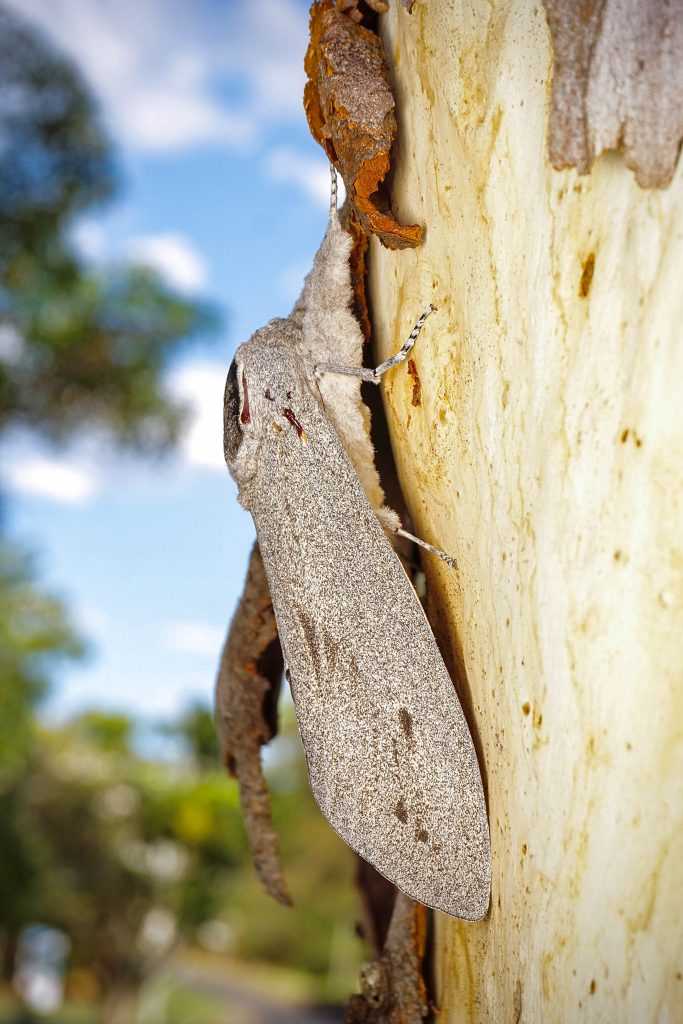
Photos: Dr Jessa Thurman

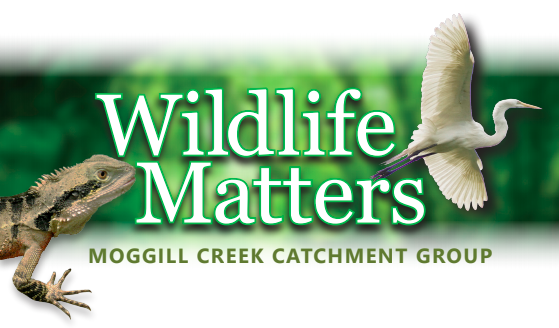 After extended periods of heavy rain such as we have experienced recently, householders in the Moggill Creek catchment are often disconcerted at night when viewing wet wooden decks or poolside decking or pavements. Moving slowly across the wooden boards or pavements, often in the rain, a large bright white slug with a peculiar red triangle across its back can sometimes be observed, leaving a scribble-like grazing mark as it removes algae across the flat surfaces.
After extended periods of heavy rain such as we have experienced recently, householders in the Moggill Creek catchment are often disconcerted at night when viewing wet wooden decks or poolside decking or pavements. Moving slowly across the wooden boards or pavements, often in the rain, a large bright white slug with a peculiar red triangle across its back can sometimes be observed, leaving a scribble-like grazing mark as it removes algae across the flat surfaces.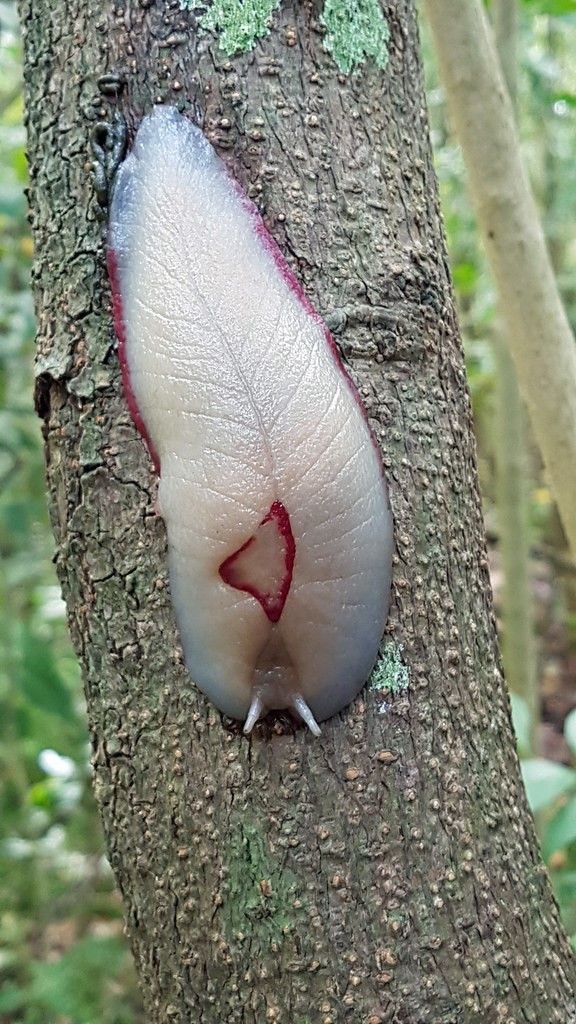
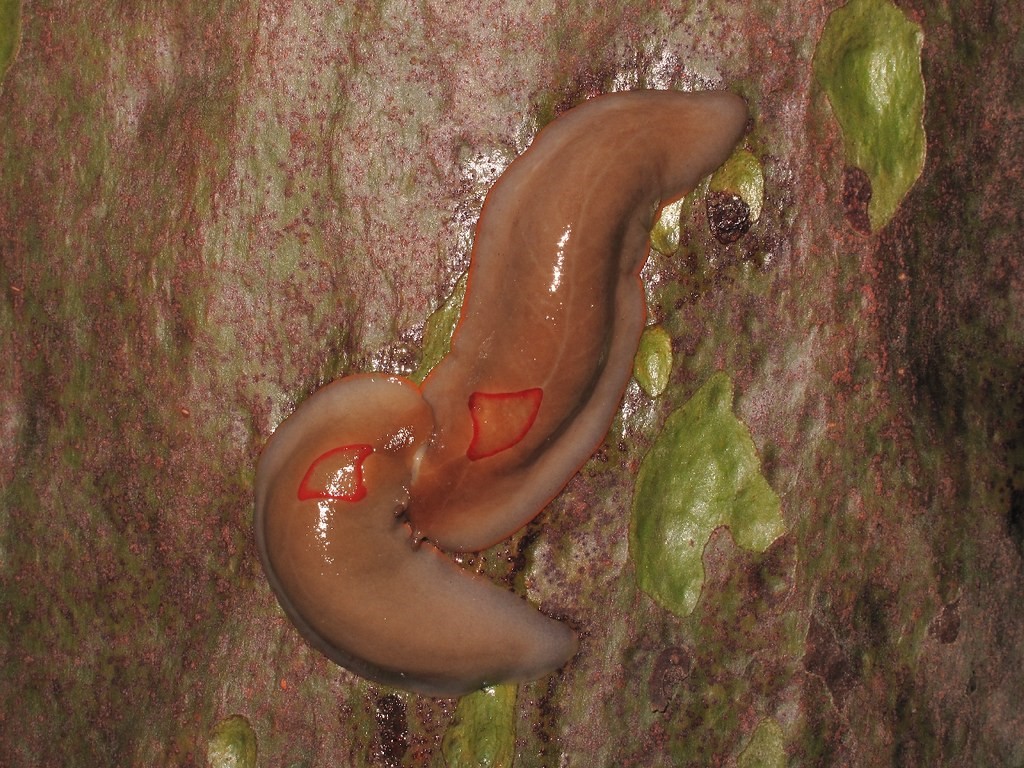

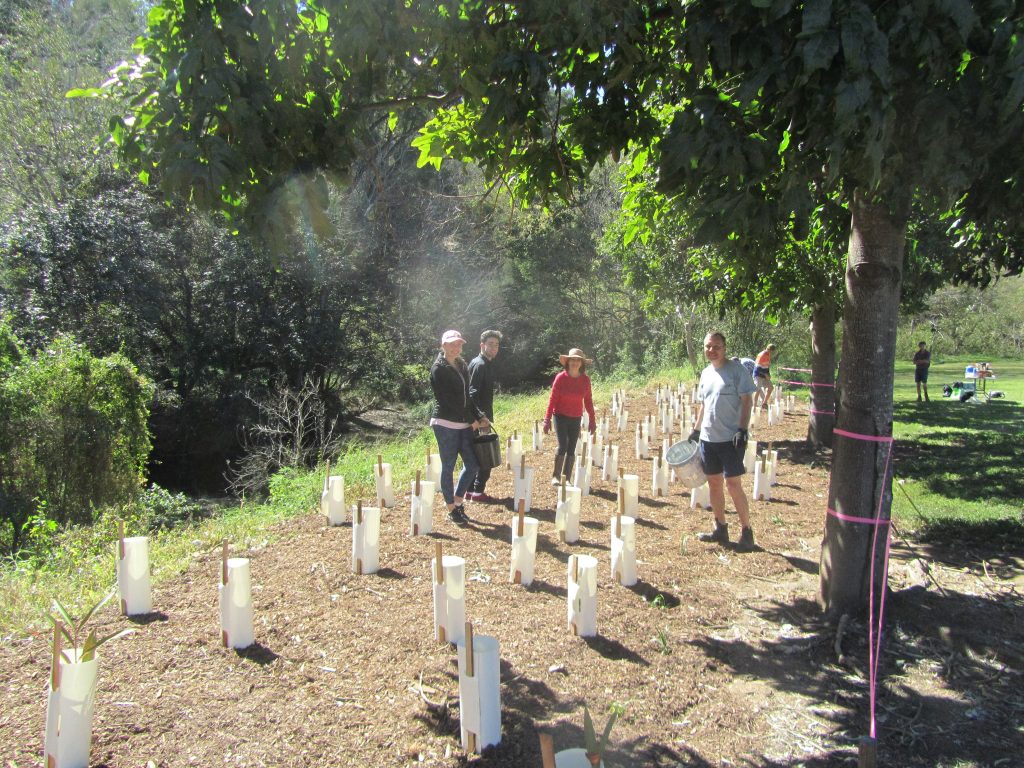
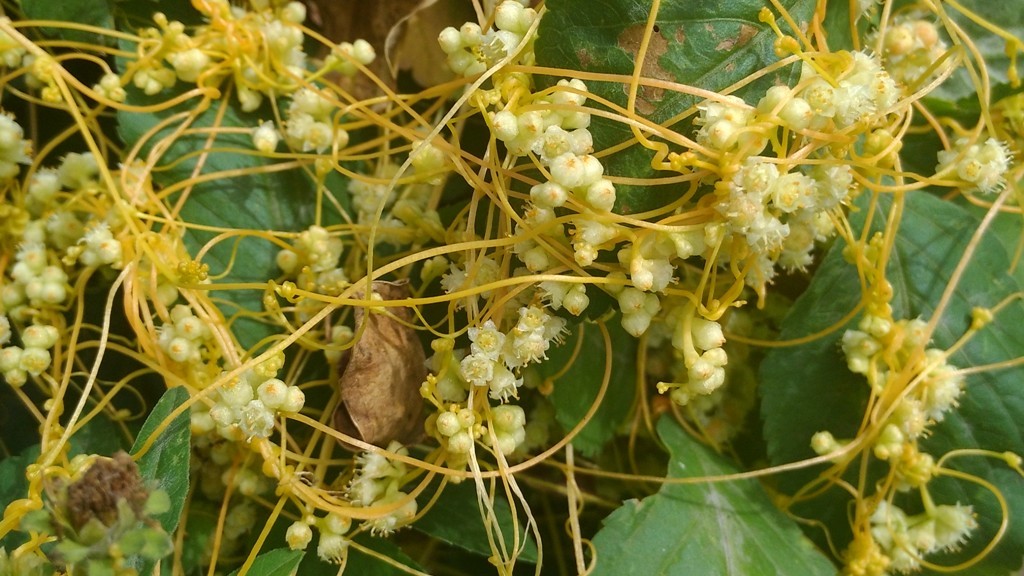

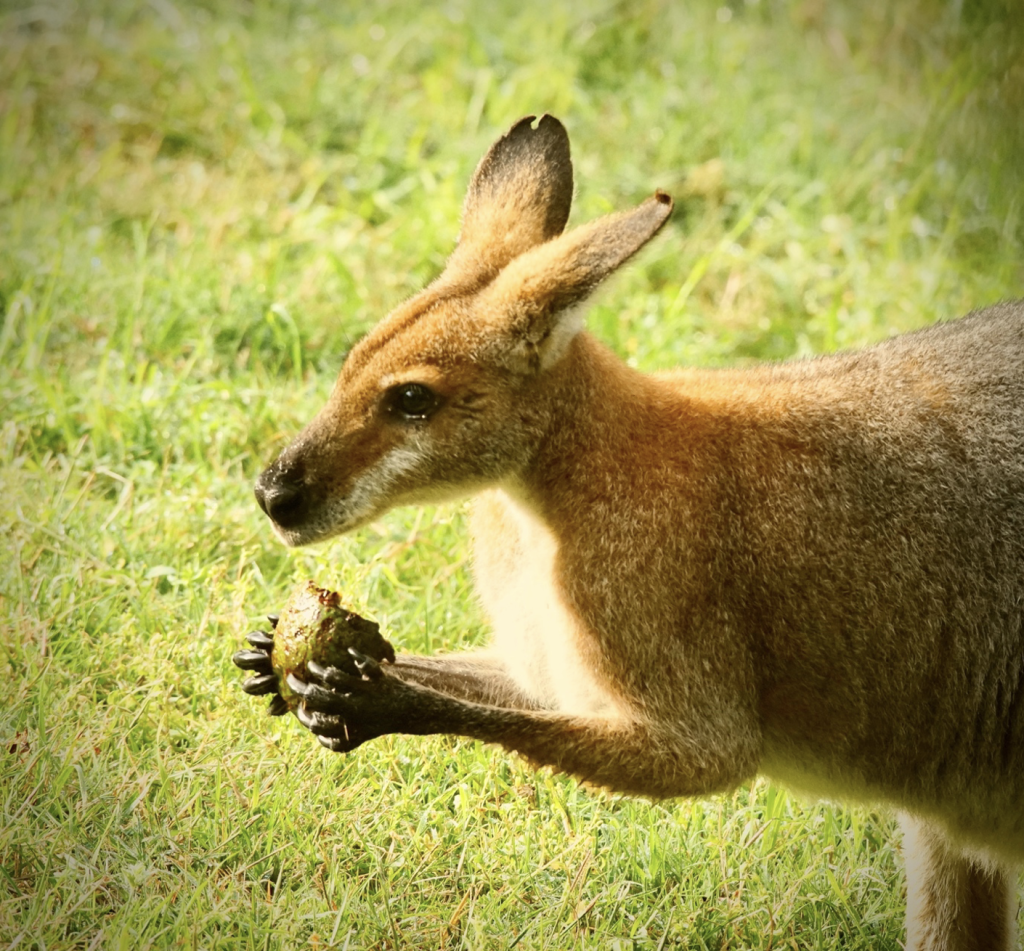 Male Red-necked Wallaby eating unripe Avocado
Male Red-necked Wallaby eating unripe Avocado